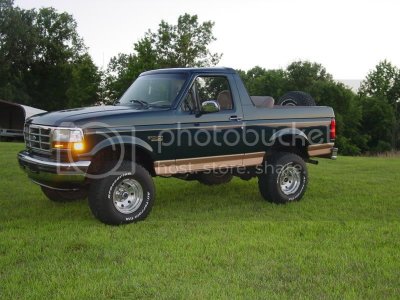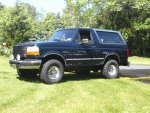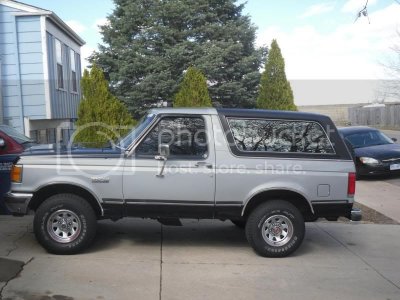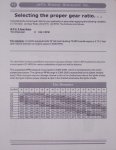In a way, he's part correct.
Here's why..
If you take your current truck and just do a tire swap for something smaller.. you will gain MPG because the rotation of your tire is less than of a bigger tire. Lets say the motor has an RPM of 30rpm to spin the tire in one full circle. If the tire is smaller, in that 30rpm time frame from the bigger tire, your smaller tire will make a 1 1/4 turn - if that makes any sense.
The motor isn't working any harder for any tire. Its your foot. You want to go faster or maintain that same "pickup" so you ease into the gas a little more.
Now gear ratio does play a role, but in this situation, a smaller tire will gain MPG..however, I personally don't see the difference great enough to alter the look of the truck. I'd rather have a nice looking vehicle than a goofy looking one. May cost more gas wise, but I own a truck. If I wanted good MPG, I would have bought a car
The engine doesn't know the difference between the tires & the gear ratio it all comes down to final drive ratio, if going to a smaller tire improved gas mileage we would see all the OEMs putting tiny tires on everything they make.
The only possible gain of putting the smaller tire on would be reducing the height of the vehicle creating less drag which the engine doesn't need to work as hard to overcome. Or the bigger hole you have to push through the air the harder the engine has to work so a taller vehicle has to punch a larger hole in the air.
The engine does have to work harder depending on the tire, not just the size but the tread design & rubber compound in the tread will make a differnce in the rolling resistance that the engine needs to overcome to make the vehicle move. The differences are growing & will continue to grow as tire companies battle for better fuel mileage from their tires. That doesn't mean that I'll give up my Mud Terrains for something with less grip just to save a dollar on gas.
The revs per mile
35 inch 599
33 inch 636
32 inch 656
31 inch 677
As for how this effects gear ratio
Divide new tire revs by old tire revs,
multiply by original axle ratio,
equals new effective axle ratio










